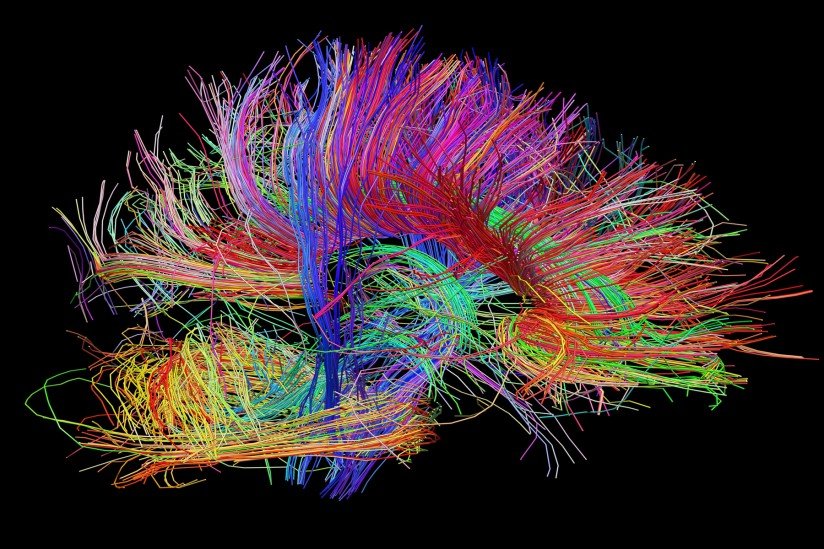Neurofeedback
What is neurofeedback and why is it important?
Grounded in the science of learning theory, neurofeedback uses electroencephalogram (EEG)/brain wave readings to provide real-time feedback to your brain to help change how it functions. The brain is incredibly complex and efficient so when we provide the brain with helpful feedback about what changes might be helpful, it takes those changes and effectively “learns” this new way of functioning. Think of it like a mirror to the brain. We hold up the mirror and it’s smart enough to, metaphorically, pick the food out of its down teeth. When we use a QEEG/brain map to guide the feedback we give, we’re essentially just giving the brain more specific feedback about where to look when we hold up the mirror. This feedback is provided by games that give the brain cues about whether it’s getting closer or further away from what we’re asking it to do (like playing a game of warmer-colder with the brain). In practice, this means that generally between one to four electrodes are placed on specific locations (based on treatment goals or brain map findings) on the person’s scalp. These electrodes read the brains surface-level electrical activity and that information is used to guide the brain. While it may sound complicated (and on some level it is at least for the neurofeedback practitioner), the process is generally considered involuntary. This means that your only job during neurofeedback is try to stay relaxed and pay attention. The feedback process happens so quickly in your brain that it’s too fast for your “thinking” or conscious brain. In this way, it differs very substantially from most forms of therapy.
One of the things that makes our brains so incredible is that once your brain finds something that feels right or efficient (like good emotional regulation or a calm and safe feeling in your bodymind), it will want to come back to that and, in a sense, “learn” how to get back there. Unfortunately, for many of us, this safe and regulated mode was something our brain either never learned (due to childhood neglect or high levels of stress in our early years) or our brain became too overwhelmed by stress or fear later in life to sustain the regulated patterns it had learned when we were young. Research over the past 40+ years has found that neurofeedback training as a part of the therapy process can often help people feel better faster than talk therapy alone.
In 2016, the Association for Child & Adolescent Mental Health put out the following statement that illustrates how treatments like neurofeedback will likely become increasingly popular in coming years:
“Research on people with histories of caregiver abuse and neglect consistently demonstrates problems with concentration, anger, panic, depression, food intake, drugs, and sleep, as well as decreased Heart Rate Variability, higher levels of stress hormones, and reduced and impaired immune response. The relationship between documented brain changes and psychopathology is complex…Approaching their problems from a framework of memories of discrete traumatic events ignores the fact that the damage affects the brain’s neural circuitry and goes well beyond dealing with discrete painful events. Our great challenge is to learn to utilize the brain’s neuroplasticity [ability to change] to reorganize defective brain circuits.”
Due to her special interest in developmental trauma, Whitney was first introduced to neurofeedback through Sebern Fisher’s book “Neurofeedback in the Treatment of Developmental Trauma.” Sebern has been using neurofeedback in her practice to treat early childhood trauma and neglect since the 1990’s and continues to mentor trauma therapists, including Whitney, who integrate neurofeedback training into their mental health practices. If you’re interested in learning more about neurofeedback from her perspectives, check out her excellent FAQ webpage.
Neurofeedback has been around for a long time and there are many different approaches and theories behind what makes neurofeedback effective. At Little Rock Counseling & Wellness, we offer two types of neurofeedback training: “4-channel multivariate coherence training” (just "coherence” training for short) and amplitude training. Click on the buttons below to learn more about each type of training.
Whitney only provides neurofeedback to individuals who are actively participating in therapy with another therapist. Neurofeedback is not a replacement or alternative to therapy so Whitney only works with individuals who are currently actively engaged in therapy. Unfortunately, neurofeedback is not yet covered by insurance plans and must be paid out-of-pocket (note: HSA cards are accepted). Below are details regarding cost:
Initial neurofeedback telehealth consultation (60 minutes) - $200
Neurofeedback training session (20-30 minutes each)* - $100
QEEG/Brain map & analysis** - $1,200
Excluding the initial consultation, each round of neurofeedback costs approximately $2,700.
*Neurofeedback sessions need to be scheduled twice per week.
**QEEG’s need to be repeated every 15 sessions. A minimum of two rounds of neurofeedback are recommended but not required.
If you’re interested in learning more about neurofeedback, check out the other resources below.
Click on the buttons below to check out more resources.
If there’s any other information you would like to see added to this page, please use the contact form to make your request.

